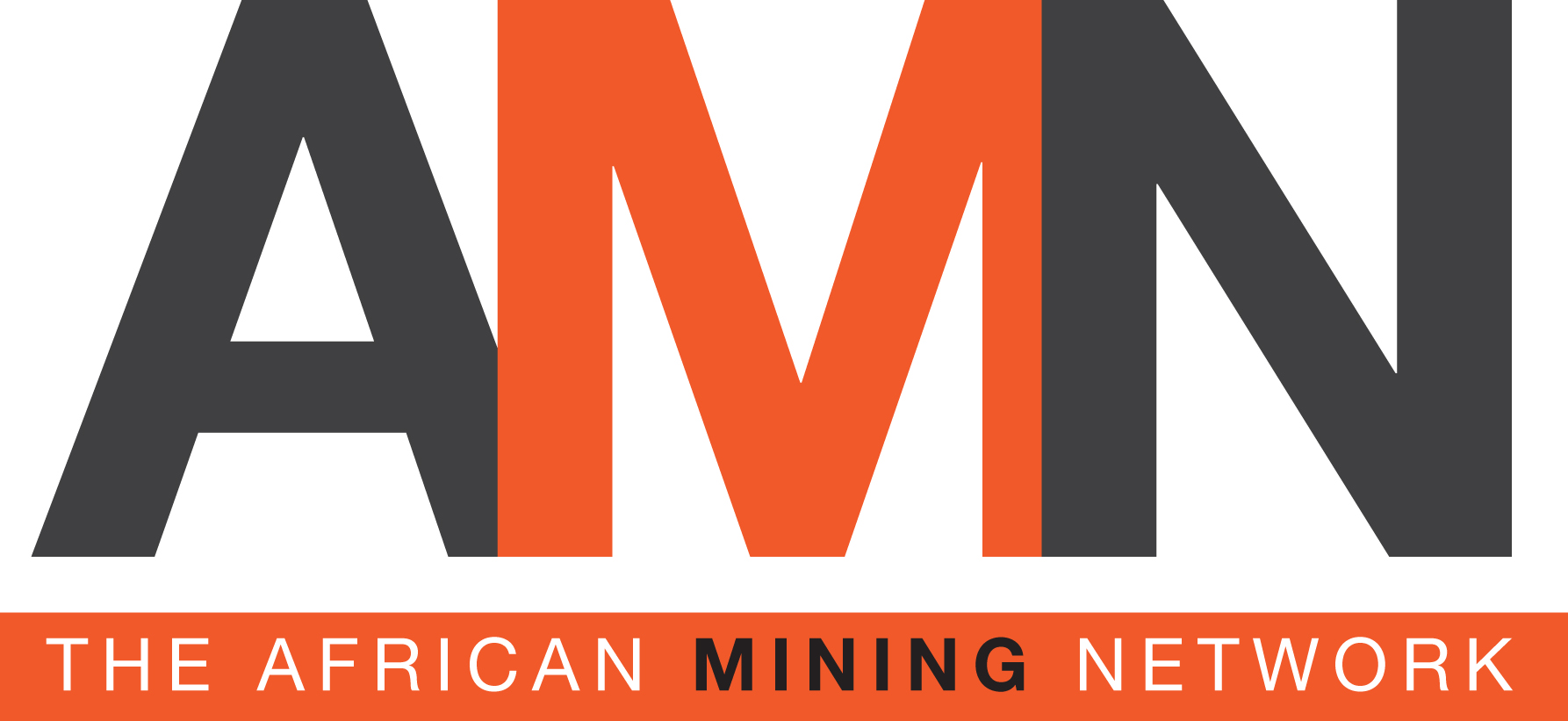- Yolanda Torrisi
- +61 412 261 870
- yolanda@yolandatorrisi.com
- Nina van Wyk
- +27 82 926 3882
- nina@africanminingnetwork.com
By Sean Jones, Managing Director of the Artisan Training Institute
At Cape Town’s annual Mining Indaba, Minister of Mineral Resources’ Mosebenzi Zwane lauded the mining industry for its progress on transformation targets, especially female representation in the sector. Women are participating more actively in the South African mining industry compared to 15 years ago.
Chamber of Mines data from 2017 shows that women now represent 13% of the sector. It sounds like progress, but flip the figure around and 87% suddenly still sounds awfully high.
The challenges that women encounter specifically in an underground mining context are often referred to superficially. We remain blasé about the harsh realities that women mineworkers face.
I say this only because my own research about discrimination towards women in an underground setting has recently prompted me to think about this topic more critically. My undertaking to understand mining through a gender lens has helped me grasp just how complex a subject this is, and how ‘challenging’ the challenges are.
I set off to understand what triggers subtle and explicit discrimination towards women in traditionally segregated occupations such as mining.
Working with skilled artisans, I am specifically interested in this sphere of the labour force. What attitudes and beliefs do male artisans in an underground mine hold towards their female counterparts? What triggers gender discrimination by male artisans? How do male artisans understand their actions to lead to subtle and explicit bias towards female peers?
The answers are complex
I use the Faultline Theory as the foundation. Ironically, a geological term – faultline – also describes a social group phenomenon that could destroy team cohesion. In team dynamics, a faultline is a hypothetical dividing line that splits a group into two or more sub-groups.
When members of a group identify too closely with certain shared characteristics of the group, be it gender, age, ethnicity or education – sub-groups emerge.
The underground mining sector is still vastly divided along gender lines. Male artisans frequently discriminate against their female counterparts, which has a historic legacy.
Mining in South Africa was traditionally fraught with extreme racial and gender discrimination.
For mines to formulate policy, they must be cognisant of the historical setting, influencing the resulting societal conditions and industry specific-values.
Overcoming this cannot be achieved through the mere implementation of policy. The entire environment must be immersed in ongoing programs that sensitise workers to the value of gender inclusion at a workplace and at societal level. Thus, acknowledging gender does not come about through policy alone, but a deep sense of sincere commitment to equality.
In developing my thesis, I read with interest about the work of Dr Asanda Benya. Her research ‘Women in mining: occupational culture and gendered identities in the making’, contributes one of South Africa’s most comprehensive studies to, what I believe, is still a highly unexplored field.
Benya’s research highlights how women are willing to experience the hardships of underground mining because they simply have no alternative. Mining is a means to dig themselves out of poverty.
Therefore, we are not only necessitated to address the women in mining issue more vigorously because we need to tick boxes, we are also obliged to do so to address social disparity.
By being more attentive to the needs of women underground and by understanding the catalysts for discrimination, we could move beyond transformation ‘targets’ to achieve true business and social sustainability.

